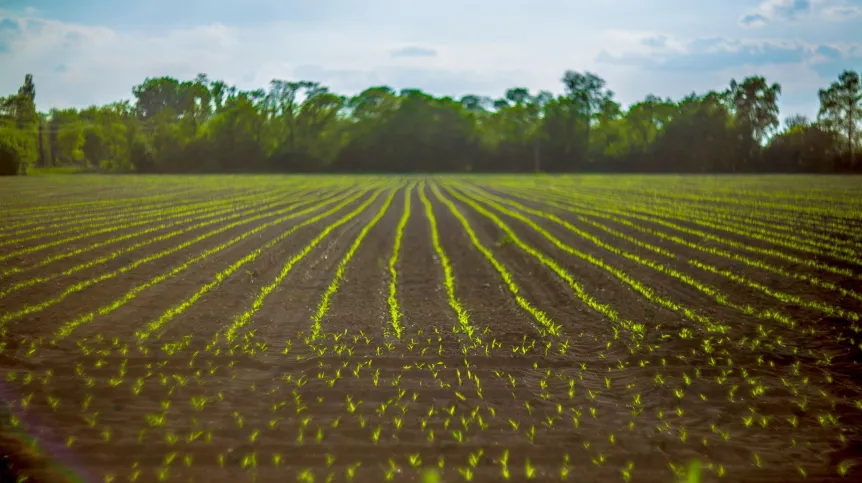
Scientists from Warsaw are working on crop plants resistant or tolerant to parasitic nematodes.
In their paper published in Nature (https://doi.org/10.1038/s41467-022-33769-w), they describe the results of many years of research that resulted in a new approach to the issue of the protection of plants attacked by parasitic nematodes. They focused on previously un-researched aspects of biotrophic interaction between the plant and the parasite.
Dr. Sławomir Janakowski and Dr. Mirosław Sobczak from the Institute of Biology at the Warsaw University of Life Sciences, in collaboration with scientists from the University of Bonn, Wageningen University, University of Cambridge, INRAE and the University of California Davies, used bioinformatic, genetic and biochemical approaches to comprehensively analyse the metabolic pathways of crop plants and parasitic nematodes, and the diverse expression of the genes conditioning them.
They explain that this is a completely new approach to the identification of the genes that determine the plant's susceptibility to nematodes. Muting up these genes or the opposite - causing their over-expression - can lead to obtaining varieties of plants permanently resistant or tolerant to parasites.
Nematodes are invertebrate animals that live in water or soil. Some of them are parasitic, feeding on both animals and plants. As for the latter, cyst nematodes are of the greatest economic importance due to serious damage they cause in agriculture.
These parasites attack the roots of plants, leading to the development of serious diseases - nematoses. Infected plants have disrupted or completely inhibited growth, anomalies in the root system, they are weakened (withered, yellowed), they often die. Indirectly, parasites also increase the susceptibility of host plants to other pathogens. All this is a very serious threat to plant production in all agricultural systems.
It is estimated that global annual losses in plant production caused by these invertebrates are up to 25 percent of all crops, valued at over $80 billion.
The problem is all the more serious that cyst nematodes are very difficult to fight. 'The scarcity of classical resistance genes highlights a pressing need to find new ways to develop nematode-resistant germplasm', write the authors of the publication in Nature.
As part of their study, they sequenced and assembled the genome of the model cyst nematode Heterodera schachtii.
This genome provides as a platform for the first system-wide dual analysis of host and parasite gene expression over time.
Detailed analyses revealed the existence of metabolic pathways that were incomplete in the parasite but complemented by the host.
Then, a combination of bioinformatic, genetic, and biochemical approaches, the researchers selected one of such pathways - the vitamin B5 biosynthesis - and showed that muting its plant-encoded genes effectively blocked the development of the nematode and significantly reduced its parasitic potential.
The scientists said: “Our experiments establish a reference for cyst nematodes, further our understanding of the evolution of plant-parasitism by nematodes, and show that congruent differential expression of metabolic pathways in the infection hologenome represents a new way to find nematode susceptibility genes.
“The approach identifies genome-editing-amenable targets for future development of nematode-resistant crops.”
The scientists hope that in the future the approach they describe will also be used against other groups of parasitic nematodes and will help combat them.
PAP - Science in Poland, Katarzyna Czechowicz
kap/ zan/ kap/
tr. RL













